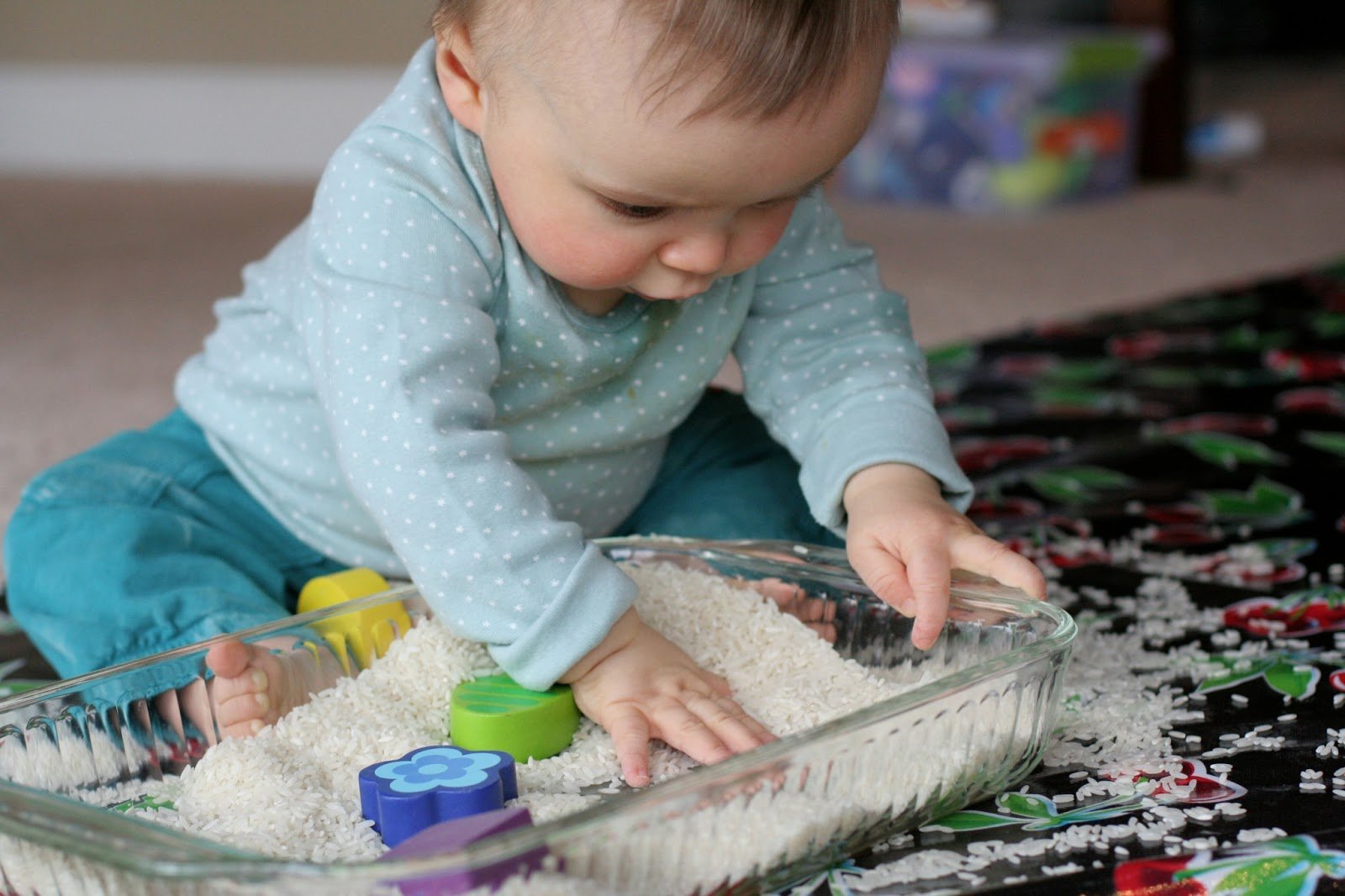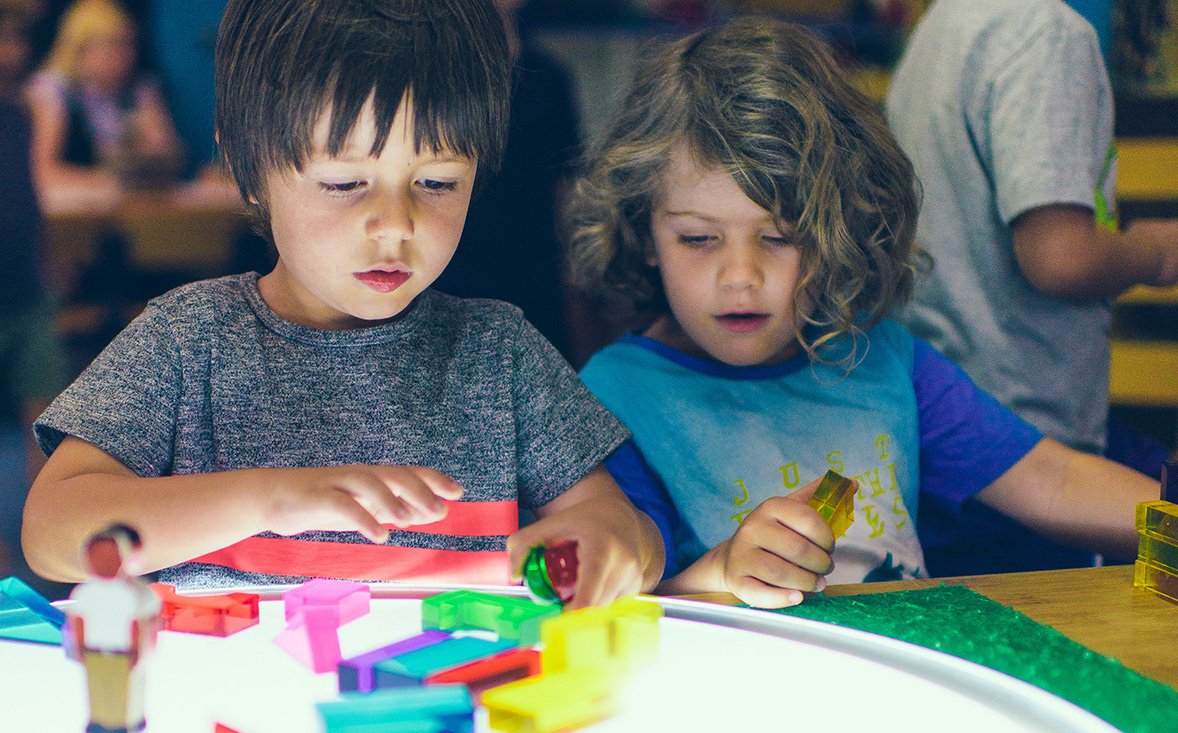Understanding the basic concepts of force and motion is essential for children to grasp the world around them. These fundamental ideas are not only critical to physics but also help kids in problem-solving, creativity, and critical thinking. Teaching kids about force and motion can be fun and interactive, making these complex topics engaging and accessible. Below are some creative ways to explain and demonstrate these principles.

Start with Simple Definitions
Before diving into experiments and activities, it’s essential to break down the key concepts of force and motion into simple, relatable definitions. Use everyday language to describe the ideas.
- Force: Explain force as a push or pull on an object. For example, you might push a door to open it or pull a wagon.
- Motion: Motion is the change in the position of an object. When you throw a ball, it moves through the air, which is an example of motion.
Relating these concepts to familiar actions, like pushing a toy car or pulling a sled, makes it easier for children to understand.
Hands-On Experiments and Activities
Children learn best when they can see and feel the concepts in action. Here are a few easy experiments to help kids grasp the idea of force and motion.
Rolling a Ball Down a Ramp
Materials: Ball, ramp (you can use a board or a book to create an inclined plane)
How to Play:
- Set up the ramp and roll a ball down it.
- Let kids observe how the ball moves faster as it goes down the incline, demonstrating that the force of gravity is acting on it, creating motion.
- Ask them questions like: “What happens when we make the ramp steeper?” This introduces the concept that force can change the speed and direction of motion.
Benefits: This activity teaches the relationship between force (gravity) and motion, showing how different inclines affect speed.
Push and Pull with Toy Cars
Materials: Toy cars, ramp, various surfaces (carpet, tile, etc.)
How to Play:
- Set up a race between two toy cars, pushing one car gently and the other one more forcefully.
- Let the cars race down the ramp and discuss how the amount of force applied to the cars impacts how fast they go.
- Change the surfaces (carpet vs. tile) and observe how the cars move differently on each surface.
Benefits: This activity demonstrates how force affects motion, and how friction can slow things down.
Introduce Simple Machines
Introduce simple machines like pulleys, levers, and wheels to show how forces are applied in real-world objects.
Building a Lever with a Toy
Materials: Toy block, ruler, small toy, and a pencil
How to Play:
- Use the pencil as a fulcrum and place a ruler over it to create a simple lever.
- Place the toy on one side of the lever and press down on the other side to lift it.
- Discuss how the amount of force applied on one side of the lever causes the toy to move on the other side, showing how levers make it easier to lift heavy objects.
Benefits: This activity teaches kids about mechanical advantage and how simple machines use force to make tasks easier.
Explain the Effects of Different Forces
Help kids understand how different types of forces can impact motion. These include gravity, friction, and magnetic forces.
Exploring Gravity
Materials: Objects of different sizes and weights
How to Play:
- Drop objects from the same height and observe how they fall at the same rate.
- Discuss how gravity pulls objects toward the ground, and no matter their size, they fall the same way.
- Let the kids experiment with dropping different objects and observe if they hit the ground simultaneously or if one is affected by air resistance.
Benefits: This helps children understand the fundamental force of gravity and how it influences motion.
Investigating Friction
Materials: Toy cars, various materials (carpet, smooth table, sandpaper)
How to Play:
- Let kids push a toy car on different surfaces and observe how friction slows the car down on rough surfaces (like carpet or sandpaper) compared to smooth surfaces (like a table).
- Ask: “Why do you think the car moves faster on the smooth surface?” This introduces friction as a force that resists motion.
Benefits: This activity helps children understand how friction can change the motion of an object.
Conclusion
Teaching kids about force and motion doesn’t have to be complicated. By using simple, hands-on activities and everyday examples, you can help your child understand these key concepts enjoyably and interactively. Whether it’s through rolling balls, building simple machines, or experimenting with friction, kids can learn how forces affect motion while having fun at the same time.









